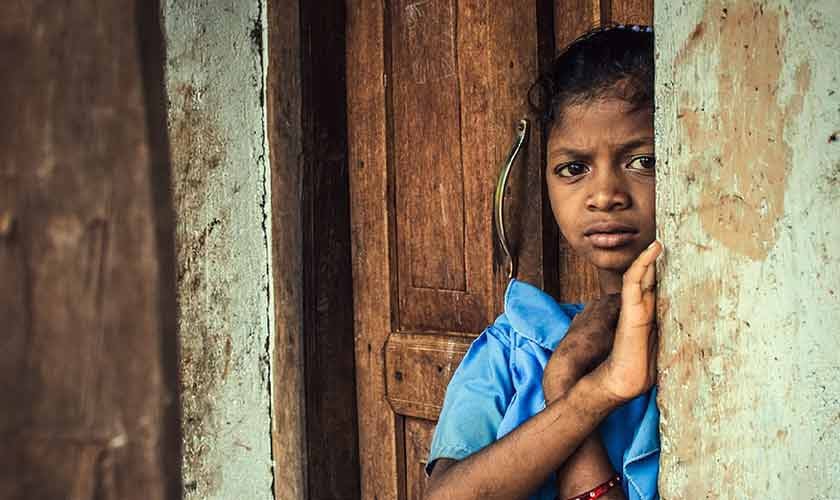
The social and economic future of any country is directly linked to the well-being of its children. If the next generation is healthy, the country’s future remains secure. However, if children suffer from malnutrition and stunted growth, the nation’s future becomes neither resilient nor sustainable. Pakistan is no exception to this reality.
According to the World Bank Group, 40 percent of children under five in Pakistan suffer from stunted growth. Unfortunately, not enough progress has been made over the past 30 years to mitigate this critical issue. Our children deserve better.
### What is Child Stunting?
The World Health Organization (WHO) defines stunting as reduced growth and development in children caused by poor nutrition, repeated infections, and insufficient opportunities to play and learn. The first 1,000 days of a child’s life—from conception until the child turns two—are crucial for preventing stunting.
If stunting occurs during this critical period, it can lead to adverse consequences such as poor cognitive development, lower educational performance, reduced productivity, and lower adult wages.
### Why Addressing Stunting Matters for Pakistan
For Pakistan to embark on sustainable social and economic development, it must ensure that pregnant women, mothers, and children receive adequate nutrition. Additionally, preventing repeated infections among children is essential. The WHO reports that 27 mothers and 675 newborns (under one month old) die daily in Pakistan from preventable complications.
The United Nations (UN) defines sustainable development as development that meets the needs of the present without compromising the ability of future generations to meet their own needs. To uphold this principle in Pakistan, making the well-being of future generations a top priority is non-negotiable.
### Eradicating Stunting: A Systematic Approach
Tackling stunting requires a comprehensive strategy addressing multiple challenges simultaneously. One key step is initiating a green revolution to double food production from existing resources, ensuring better nutrition for all.
However, increased agricultural production must consider environmental impacts. According to the Food and Agriculture Organization (FAO), agriculture is a major contributor to eutrophication in surface waters. Protecting our water bodies and ensuring access to safe drinking water is vital, as waterborne diseases remain one of the leading causes of childhood mortality and stunted growth.
In addition to improving agricultural efficiency, promoting mobile hospitals across Pakistan should be a priority to prevent repeated infections in children. These mobile hospitals must be equipped with reliable air-conditioning systems to prevent the wastage of medicines and vaccines during transportation.
The WHO highlights that vaccines lose their effectiveness much faster when exposed to temperatures above +8°C. Maintaining a steady, controlled temperature in mobile hospitals will preserve the potency of vaccines and medications, helping to reduce infections among children nationwide.
### The Role of Education and Play
Finally, it is imperative to ensure that all schools have proper playgrounds where children can engage in physical activity and realize their full potential. Pre-schools and schools should adopt an educational model that provides equal opportunities for both learning and play.
### Conclusion
We cannot take our future generation for granted and still expect sustainable development. Addressing child stunting in Pakistan requires concerted efforts across nutrition, healthcare, agriculture, water safety, and education. By prioritizing our children’s health and development today, we can build a stronger, more resilient Pakistan for tomorrow.
https://www.thenews.com.pk/tns/detail/1345103-for-futures-sake





